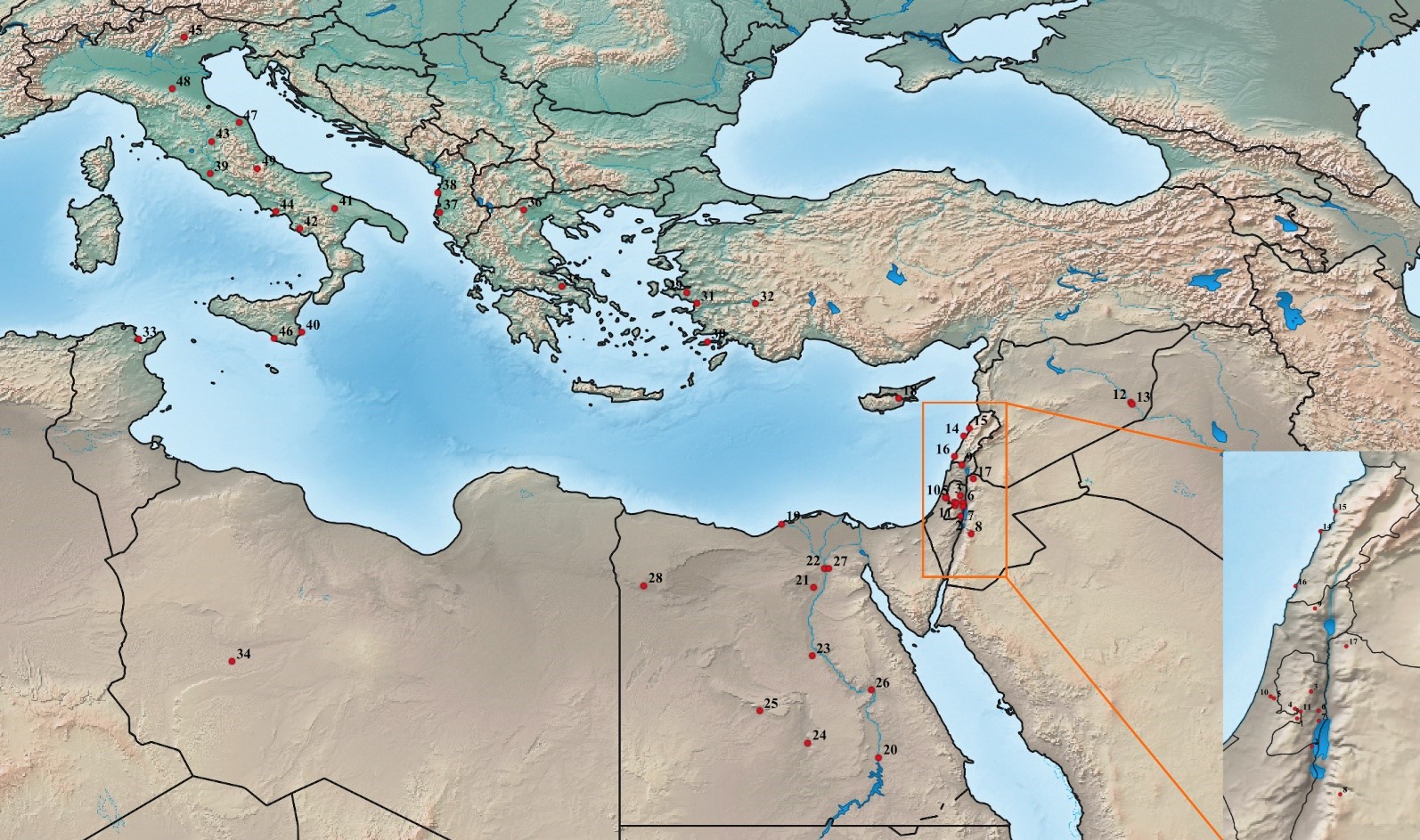Found 9 results
Open Access
Letter
07 April 2025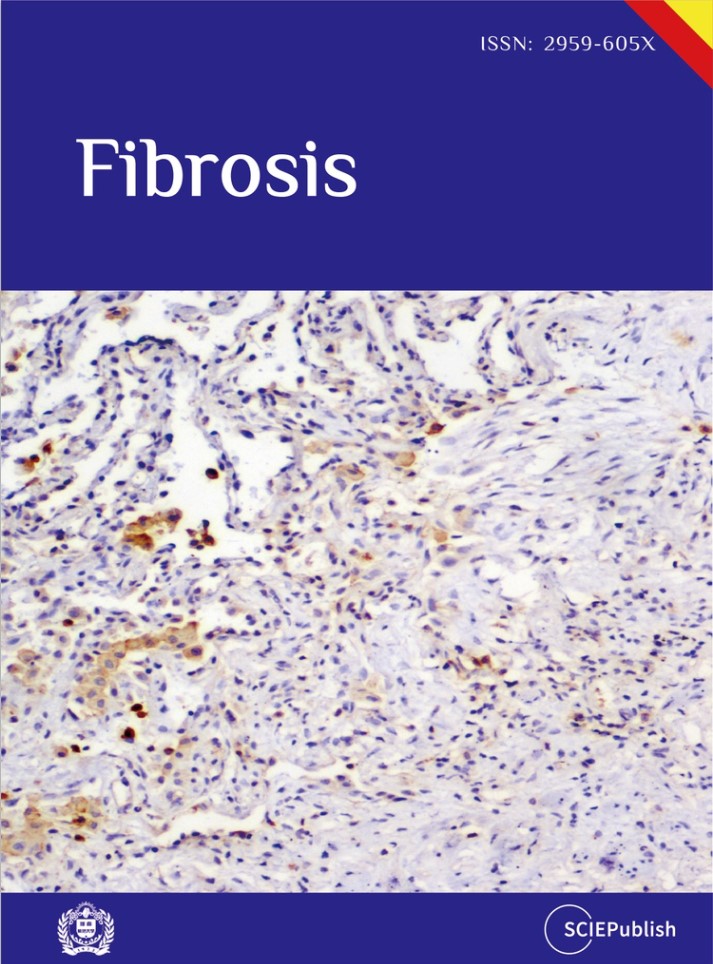
Open Access
Article
26 March 2025Evaluation of the Effect of Fe2O3 as a Sintering Additive on Densification, Microstructure, and Thermal Stability of Al2O3
This study investigates the fabrication of alumina-based (Al2O3) ceramics using pressureless sintering, employing hematite (Fe2O3) as a sintering aid. Fe2O3 powders were synthesized via combustion and incorporated into Al2O3 concentrations of 0.5, 1.0, and 2.0 wt.%. The samples were sintered at 1400 °C and characterized by X-ray diffraction (XRD) with Rietveld refinement, thermogravimetric analysis (TG/DTG), scanning electron microscopy (SEM), energy-dispersive X-ray spectroscopy (EDX), and density measurements using the Archimedes method. The results demonstrated that the addition of Fe2O3 increased the densification of Al2O3 ceramics, with the highest densification (~85%) observed in samples containing 1.0 and 2.0 wt.% Fe2O3. XRD analysis identified only the corundum phase of Al2O3, suggesting that Fe2O3 was incorporated without forming secondary phases. However, Rietveld refinement calculations revealed distortions in the unit cell volume, which contributed to lowering the melting temperature of Al2O3, thereby facilitating sintering. SEM images showed that Fe2O3 acted as a grain growth inhibitor, resulting in finer microstructures with smaller grains. EDX mapping indicated that Fe ions preferentially accumulated in regions with higher pore concentrations. Thermal analysis demonstrated improved thermal stability in Fe2O3-containing samples. Overall, the study confirms that Fe2O3 serves as an effective sintering aid, enhancing densification and thermal stability while refining the microstructure of Al2O3 ceramics. These findings contribute to the development of optimized ceramic materials for high-performance applications.
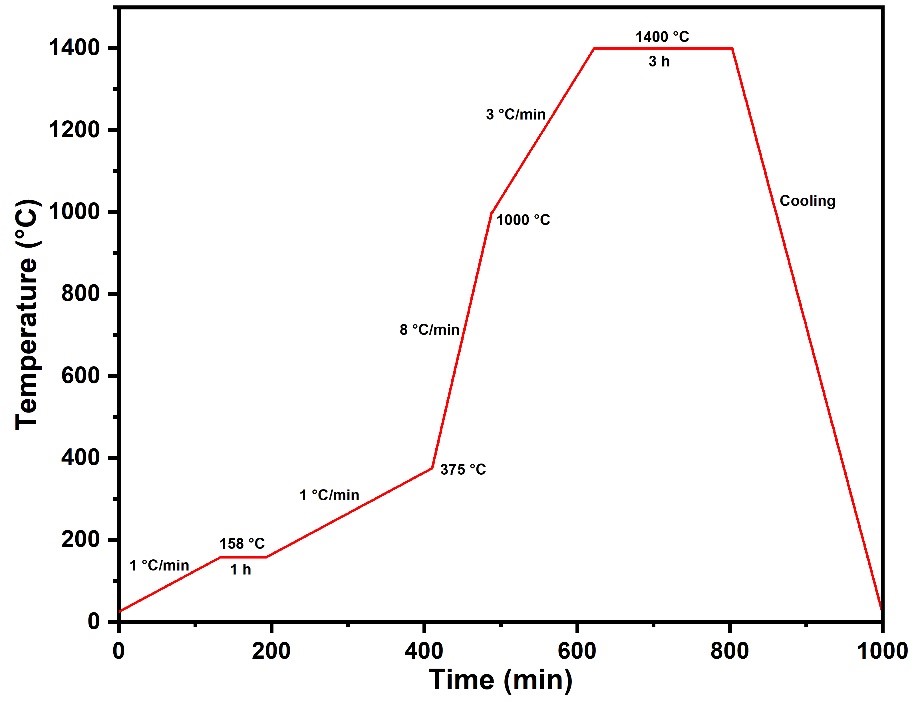
Open Access
Perspective
17 March 2025Navigable Genome Engineering: Stepwise Correlation for Precision-Guided Optimization of Microbial Cell Factory Phenotypes
Microbial cell factories, akin to “chips” in biomanufacturing, concentrate the most intricate scientific challenges, technical bottlenecks, and densest intellectual property. However, despite extensive efforts in rational engineering, the inherent complexity of biological systems and the limited knowledge of their underlying mechanisms still incur substantial trial-and-error costs. This Perspective seeks to explore the potential of a prior-knowledge-independent approach for optimizing microbial cell factory phenotypes. We discuss the feasibility of stepwise genotypic navigation in genome engineering and emphasize its ability to generate high-quality genotype–phenotype association data, thereby advancing AI-assisted genome modeling and further enabling precision-guided optimization.
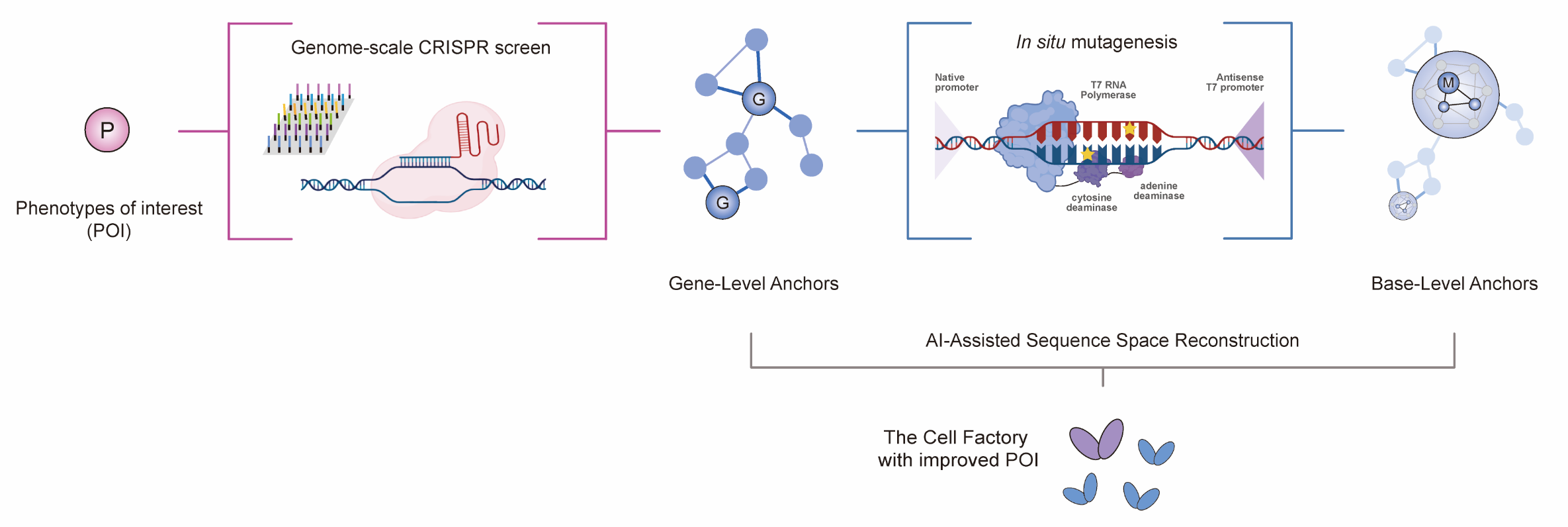
Open Access
Article
18 February 2025Unemployment, Inequality, and Occupational Stress: Mental Health Outcomes in Brazil (2012–2022)
This study examines the relationship between occupational stress-related leaves, classified under International Classification of Diseases code F43, and socioeconomic factors such as unemployment, income inequality, and worker income in Brazil from 2012 to 2022. Work-related stress disorders, especially those involving severe stress reactions and adjustment disorders, are big problems for occupational health. Bad working conditions and differences in income can make these problems worse. This research utilized secondary data from official Brazilian databases to perform time-series analyses and structural equation modeling. Results revealed a decline in stress-related leaves during the COVID-19 pandemic, likely influenced by remote work adoption and reduced exposure to workplace hazards. Structural modeling identified key relationships: unemployment rates and occupational risk exposure were positively associated with stress-related leaves, while higher income levels were protective. Unexpectedly, income inequality influenced aggression-related leaves but had no significant direct impact on stress-related leaves. These findings underscore the multifaceted impact of socioeconomic and workplace factors on occupational health, highlighting the need for policies addressing mental health at work and fostering equitable labor conditions. The study also identifies limitations, including potential underreporting and the exclusion of demographic nuances. Future research should adopt a multidisciplinary approach and consider disaggregated data to enhance understanding and intervention strategies.
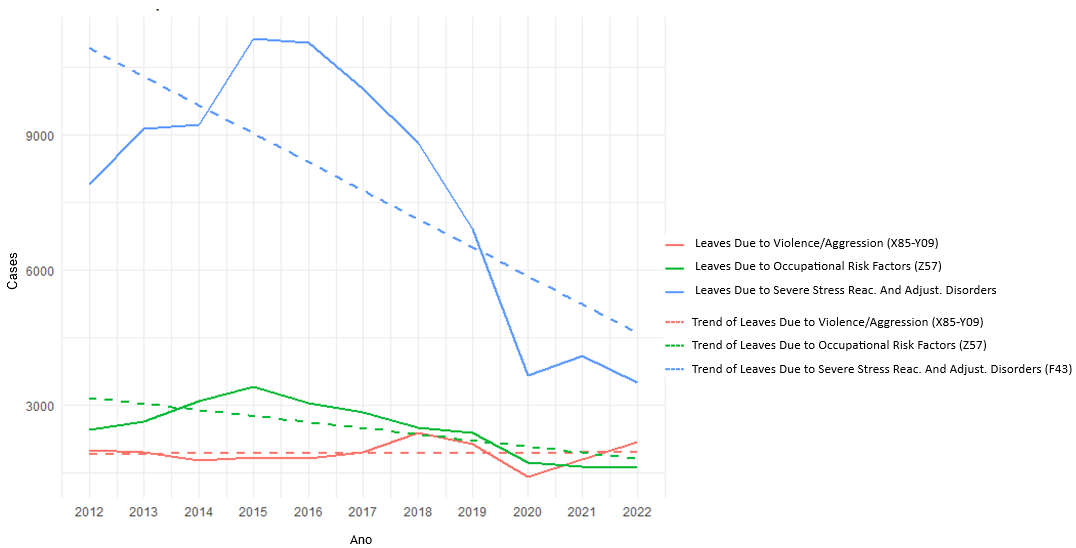
Open Access
Communication
21 January 2025Differential “Tree Attraction”—Epiphytic Growth of Umbilicus rupestris and Other Lithophytic Crassulaceae
Epiphytic species grow (almost) exclusively on a living substrate, typically a tree, but epiphytic growth is not restricted to them. Individuals of normally lithophytic or terrestrial species may occasionally be found on a tree as so-called accidental epiphytes. Species of the focal group of this study, Crassulaceae, are typically found on rocks and in rock fissures. While there is a small proportion of true epiphytes globally, the propensity of the other family members to occur as accidental epiphytes is largely unexplored. Here, I investigated this question for 29 European members of the family with the use of the participatory science data platform iNaturalist. Umbilicus rupestris stands out in regard to epiphytic occurrences, although the incidence of epiphytic growth is still rather low with c. 1% of c. 14,000 observations. For all other species, epiphytic growth has not been reported or was exceptional. As expected, epiphytic individuals of U. rupestris were limited to regions without frost, while a predicted limitation to the wettest parts of the species’ geographic range was not supported by the data. Arguably, Umbilicus rupestris could be a promising model to study the early steps of epiphyte evolution by comparing epiphytic and terrestrial individuals in regard to differential germination success, ease of establishment, differences in morphological and physiological traits and general population dynamics. The results of such studies should be highly instructive for our understanding of the challenges that terrestrial species face when conquering tree crowns.
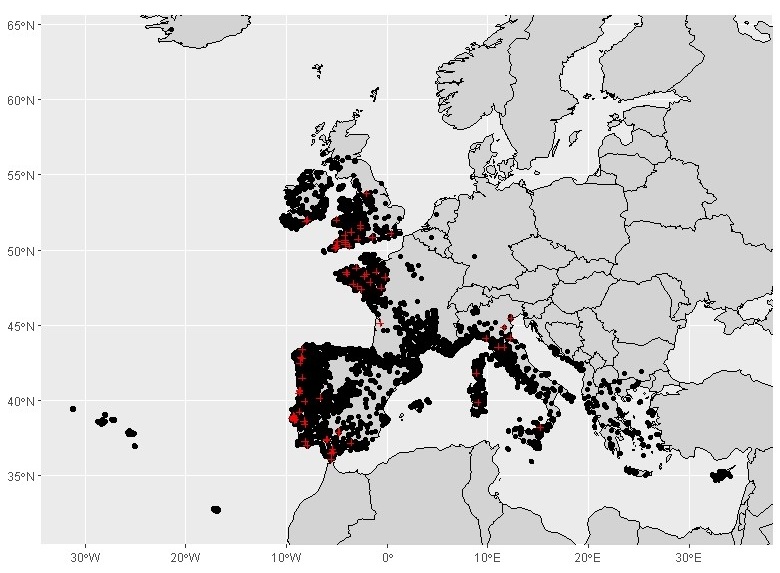
Open Access
Article
10 September 2024Payment or Incentive: Public Perception on Payment for Ecosystem Services at the Time of Climate Change in Nepal
Understanding community preferences and perceptions of ecosystem services is needed to generate local-level financing through Payment for Ecosystem Services. Local-level financing is crucial for both ecosystem management and also helpful in climate change adaptation actions. This research focuses on community perceptions of payment for ecosystem schemes and their preferences to generate local-level financing. The study was carried out in Dhankuta and Dasarath Chand municipalities, representing Koshi and Sudur Paschim provinces of Nepal. We applied social science research methods using focus group discussions, key informant interviews, and community surveys. The study indicates that community-perceived payment for ecosystem service schemes can be instrumental in generating local financing, and their preference is more towards in-kind or project-based payment mechanisms. While climate change is largely impacting ecosystems and community livelihoods, project-based payment mechanisms could be more effective than cash payments. However, this needs a strong institutional mechanism within the municipal government where such in-kind or project-based support could be mobilized through a multisectoral approach.

Open Access
Article
07 August 2024Land-Tenure Shifts in the Maa Landscapes, Kenya, and the Impacts on Social-Cultural Relations, Structural Power and Social Economic Differentiation
In recent years, the expansive pastoralist landscapes in southern Kenya have undergone rapid transformation, the key being a change in the land-tenure system from communal to individual ownership. However, little is known about the complexities influencing these changes and how the changes impact the local people. This study employed qualitative inductive approaches and ethnographic methods, such as participant observation and in-depth interviews. It examined how local and international formal and informal institutions have impacted land tenure changes among the Maa pastoralists living near Chyulu and Tsavo-West national parks. Despite the expected benefits of individual land ownership, the changes have not addressed significant social barriers. These include norms and power structures that disadvantage the poor in the community, as well as women and youth within households. People with higher levels of poverty and fewer or no political connections are marginalized during land adjudication at the community level. At the same time, traditions and customs deny women and youth entitlement to property at the household level. Such groups thus experience land privatisation differently. This article argues that expropriation and unequal abilities to control, access and benefit from land profoundly impact social differentiation among pastoralists. Further, the article illuminates a more-than-human achievement, with wildlife shaping people’s lives through conservation-induced land expropriation, and a more-than-human vulnerability that livestock and wildlife face in the wake of land fragmentation and fencing that restrict their free movement. The article contributes to more significant debates on pastoralist land tenure, property relations, ongoing changes in land control processes, and more-than-human achievements and vulnerabilities.

Open Access
Review
02 August 2024A Promising and Forward-Looking Advancement Using Drones: Perspectives from Indian Sericulture
Drone integration in sericulture marks a promising advancement within the sector, leveraging recent technological strides in unmanned aerial vehicles (UAVs) across various industries like agriculture and healthcare. While the adoption of drones in sericulture remains nascent, their potential benefits, particularly in chemical spraying tailored to sericulture’s unique environmental conditions, are increasingly recognized. This paper explores the efficacy of drone-based pesticide spraying and smart fertilization methods optimized for sericulture settings. The rapid deployment capabilities of drones facilitate enhanced network connectivity, potentially catalyzing rural development and economic prosperity within the sericulture community. However, ethical and operational concerns persist regarding drone use across industries, necessitating robust regulatory frameworks and ethical guidelines. Furthermore, advancements in artificial intelligence augment drone capabilities, enabling automated inspections and improved performance across diverse applications. This paper underscores the need for further research and the development of standardized operating protocols to harness the transformative potential of drone technology in sericulture. Key focus areas include optimizing pesticide delivery, ensuring environmental sustainability, and addressing ethical considerations surrounding drone utilization. By leveraging UAVs for precision spraying and smart fertilization, sericulture stands poised to enhance productivity, bolster economic development, and navigate emerging challenges in agricultural production.

Open Access
Review
15 April 2024Human Mobility in the Central and Eastern Mediterranean during Hellenistic and Roman Times: The Potential and Limitations of Bioarchaeological Research
This paper offers a review of bioarchaeological research on human mobility during the Hellenistic and Roman period in the Central and Eastern Mediterranean. This period was marked by significant connectivity amidst the establishment of major political entities. The paper begins with an overview of bioarchaeological methods used to study past mobility, including biodistance, isotopic and ancient DNA analyses. It then examines published studies that have utilized these methods to explore mobility during the Hellenistic and Roman periods. The paper concludes by critically assessing the current research limitations and proposing directions for future studies. These suggestions emphasize the importance of conducting additional research to investigate human mobility in neglected areas, as well as at different temporal and spatial scales. Integrating mobility data with other sources of evidence, such as historical accounts, paleoenvironmental data and osteobiographic information is another important future direction of research. Finally, relevant research should be more theoretically informed and its contemporary implications should be effectively communicated within and beyond the academic community. An enhancement of our understanding of the nature and impact of mobility is crucial in today’s society, where misconceptions linking immigration to the decline of the Roman Empire can perpetuate biases against contemporary mobility.
